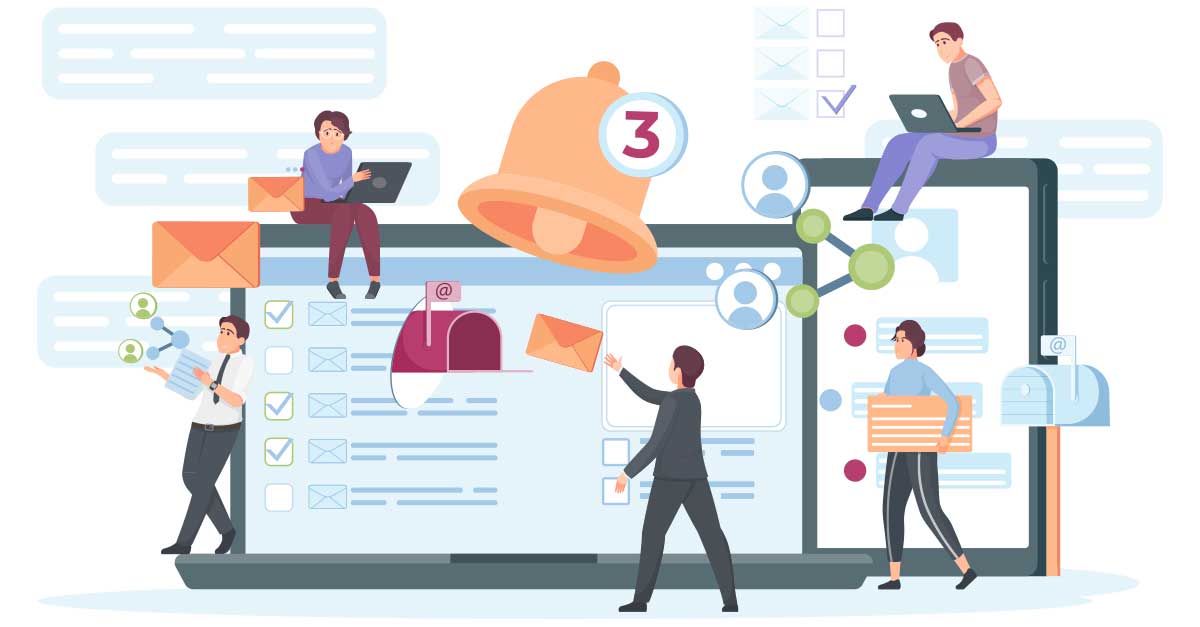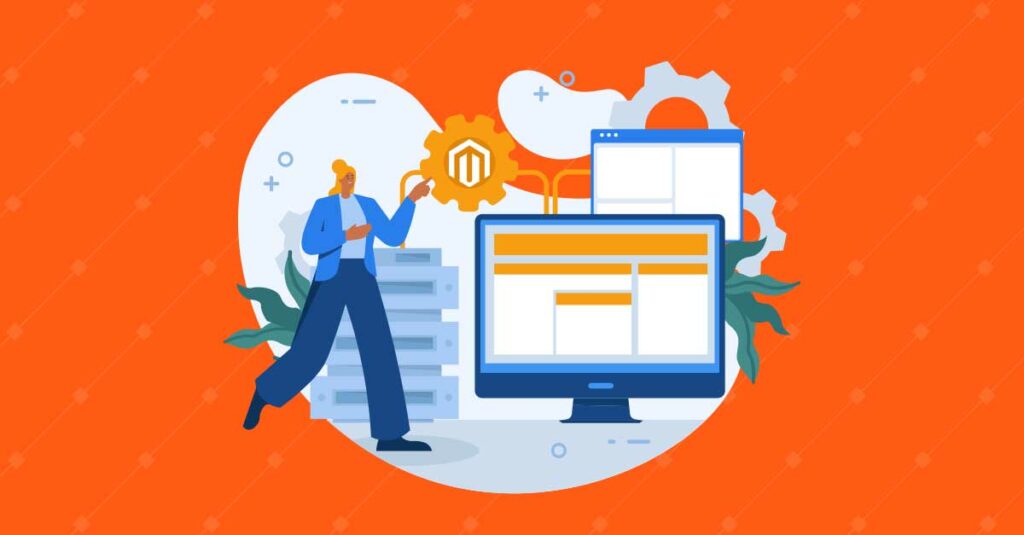Headless commerce has become ever more popular in the eCommerce space, paralleling the growth of SaaS and subscription-based businesses. Headless commerce makes it easy for retailers to offer enhanced user experiences, making it easier to buy, learn more about products, and purchase faster. But how true are these claims?
Headless commerce has built a lot of hype with its benefits of abstracting away frontend code and from the transactional side. This has left behind many myths about what Headless Commerce is, how it works, and what it can do for you. Today, we’re going to tackle some headless commerce myths so you can make better decisions when building your next product.
Myth 1: Headless Commerce Solution Is a Risky Endeavor
The first one on the list of top headless commerce myths is that a headless commerce solution is a business application that allows businesses to focus on their customers rather than the technical details of the eCommerce setup. It provides various features like inventory management, shipping tracking, and more.
But it’s a common misconception that headless commerce solutions are risky. Some believe that they require extensive changes to your current infrastructure. The right tools can make these changes smooth and quick.
Myth 2: All “Headless Commerce Build” Experiences Are Equal
The all-encompassing nature of headless commerce solutions often gives the impression that all “headless commerce build” experiences are equal. But that’s not entirely true! Some services might offer more robust features than others. This means that due diligence is necessary when choosing the right platform provider.
Myth 3: A Seamless Interface Between Two Monolithic Systems
Can Qualify as a Headless Commerce Architecture
“Headless commerce architecture” is a misunderstood term. It does refer to the seamless interface between two systems, allowing one system to provide data to another. But you can’t simply build a seamless interface between two systems and call that a headless commerce implementation. There are more facets to it.
For instance, if the CMS is also loading the frontend experience, an eCommerce platform that syncs and transmits data to a different vendor’s CMS is not always headless. Even though the frontend and backend are “independent” in the eyes of the vendors, clients won’t be able to buy in a headless PWA environment.
No matter the methods or solutions employed, you must separate the frontend framework and backend code to realize a correct headless build.
Myth 4: A Headless Commerce Solution Is Not Flexible Enough to Grow with the Business
We’ve heard this often, but it’s not true. As the business’s needs change, so can the headless commerce solution. Suppose the business is starting small and has limited needs now. When it expands or shifts the focus in the future, a headless commerce solution will be able to grow alongside.
The key here is the platform architecture should be highly customizable and scalable. Notably, you cannot attribute the flexibility of a headless commerce solution only to its ability to scale. It can be customized and adapted to the changing business needs.
Myth 5: The Only Benefit Headless Commerce Provides Is Site Speed
Many people are of the opinion that headless commerce just means “faster websites.” But this is also one the headless commerce myths and there’s more to it than that. You can use headless commerce with content management systems (CMS) on any site. It can also integrate with the existing CMS to ensure the best of both worlds. It guarantees a great user experience and an easy-to-use backend that lets a business manage content from anywhere, anytime.
Myth 6: Headless Commerce Is Cheap
Headless commerce can help businesses improve customer experience, but it’s not cheap. After all, a headless commerce strategy incorporates multiple things. This includes optimizing the website for mobile (with an emphasis on faster loading time) and investing in a content management system that supports all channels.
In addition, headless commerce requires a lot of testing to ensure that the customers are satisfied with their experience across all platforms. That means that you have to spend more money and effort on testing tools and development initiatives.
Myth 7: Headless Builds Require Less Infrastructure Spend
Contrary to this myth, headless commerce requires more infrastructure spending than traditional commerce because it demands more servers and bandwidth. To speed up page load times, the site needs to have multiple servers running simultaneously. This means that each server will have fewer resources available for the users. This can lead to site instability, which means more support tickets and higher costs.
Conclusion
Altogether, it’s an excellent decision to consider headless commerce for eCommerce initiatives. It’s a powerful tool that can be used to great effect, and it’s completely free to boot. Best of all, its performance doesn’t take a hit.








